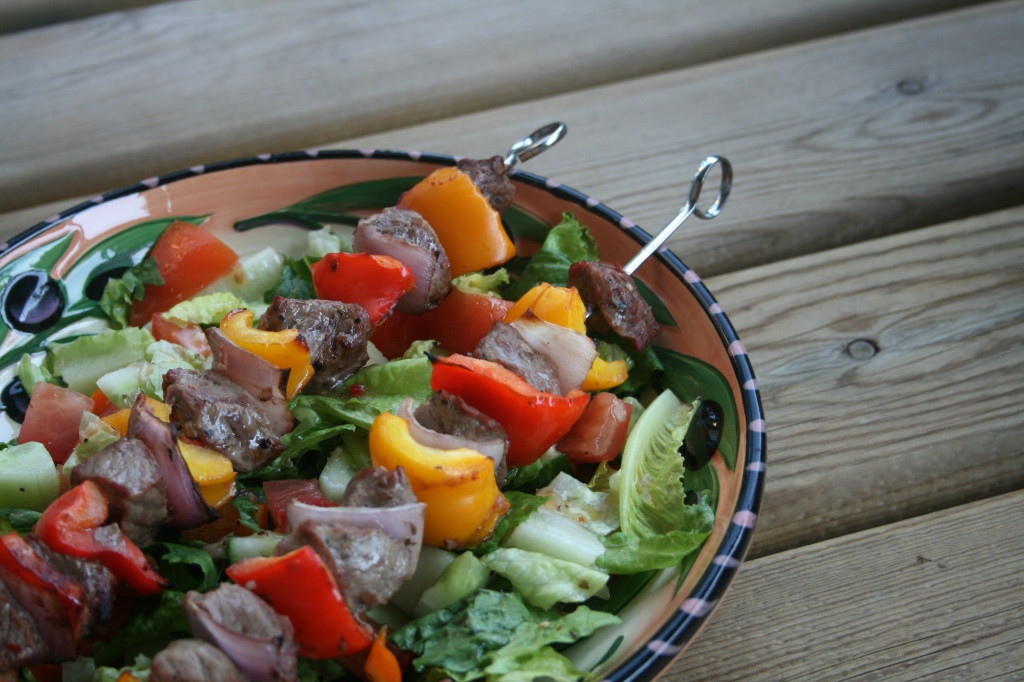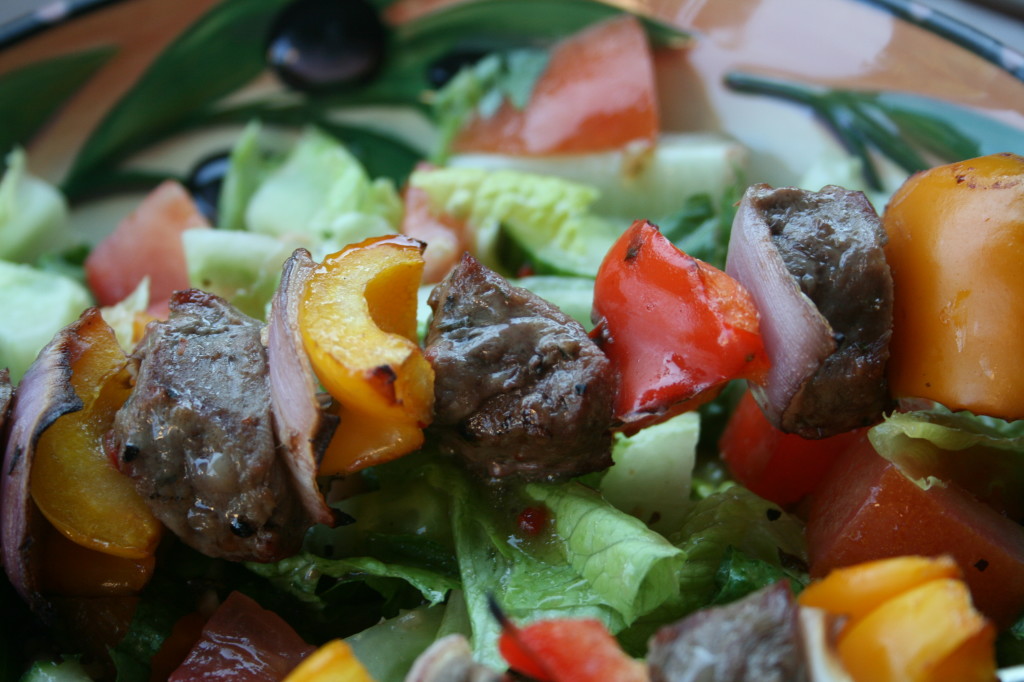Iron is probably the mineral we hear about the most when it comes to nutrition. Especially easy for vegetarians, consuming an inadequate intake of iron leads to a deficiency that can severely affect energy levels and lead to anemia, a decrease in red blood cells that can be evidenced mainly by pale skin and fatigue. Women in their childbearing years require around twice the amount that men do (even more during the last few months of pregnancy), and many shun red meat, a potent source of iron, because of its saturated fat content. Like most nutrients, proper absorption of iron requires several factors to be in place, such as adequate levels of hydrochloric acid in the stomach and the presence of vitamin C. Also like most nutrients, it is unfortunately all too common that only a small percentage of what is consumed is actually absorbed and utilized by the body. After four years of devout veganism and four years of blood tests that came back showing me to be anemic, I had long managed to forget my beloved cheese but my body had increasing cravings for a big piece of steak (I am not knocking veganism, just simply admitting that it ultimately did not work for me). After so many years, no type of animal product was even close to being tempting or appealing, yet my body felt what it needed and would not let me forget.
As is well known, oxygen is mandatory for human life, and we can only survive for a few minutes without a fresh supply. Hemoglobin, a complex type of protein in red blood cells, are the transporters of oxygen throughout our bodies. At the center of each molecule of hemoglobin is a single atom of iron, the component that accepts the oxygen, consequently oxygenating the blood and turning it bright red. While we can obtain iron from several plant foods, our bodies absorb it best when it is complexed in hemoglobin, as can be obtained in meat (animal muscles are subject to a constant supply of oxygenated blood, which increases during and after exercise). Dark meats like beef also contain protein and several other vitamins and minerals that are necessary to build blood in our bodies.
Several years ago, probably around the time that the anti-fat craze started to sweep North America, my aunt from New Zealand ordered steak out at a restaurant during a family meal that I was too young to remember. I do however remember the first time she taught me the essential ballet positions, ever securing a special place in my heart, even if it seemed odd to move my feet in that way. She is very health conscious and had studied nutrition in university, knowing this my mom was shocked that she would order beef. To her incredulous inquisition, my aunt replied that it was the best way to get iron. Even though beef does contain a more substantial level of saturated fat than lighter meats, a type of fat that should be consumed moderately, it has enough beneficial nutrients that it still belongs on our plates from time to time.
Unfortunately for our wallets, studies are showing that cows raised on factory farms, where they are fed cheap grains (contrary to their natural diet of grasses), hormones to make them grow larger faster, and antibiotics to keep them from getting sick in their cramped and unsanitary conditions, end up having different ratios of macro and micro nutrients. It makes sense that if an animal is fed and raised differently that their meat will come out differently. The cheaper beef from factory farms comes with a price. Residues of antibiotics and hormones remain, which can offset the delicate balance of hormones and immunity in our own bodies. Also, their ratios of fat have much more saturated and much less omegas (the good and mandatory type of fat for humans) than grass fed (and grass finished) cows that roam in the outdoors where they get to work their muscles and consequently strengthen their bones. The downside of grass fed, natural beef is that it takes longer to raise the cows and the whole process costs more for the ranchers. The end product costs more, but it has more of the nutrients we need and less of the stuff that harms us. An overlooked fact is that a full serving size of meat is only four ounces, around the size of a deck of cards. If we restrict our portions to this size then we are getting everything we need, but nothing more and the saturated fat that poses a health risk in a sixteen ounce hunk of factory farm raised beef is no longer such a threat.
Steak can be a bit intimidating to cook well but in skewer form it is hard to mess up, the small pieces cook quickly and the high heat of the grill locks in the flavor and juices. I like to marinate it in salad vinaigrette then serve it with vegetables that are high in vitamin C, the highest of which is red bell peppers. This method is easy, convenient and can increase the level of iron absorbed, possibly threefold.
- Marinade
- ¼ cup Italian vinaigrette
- ½ lb steak, cut into bite sized pieces
- Skewers
- 1 red bell pepper, diced
- 1 yellow bell pepper, diced
- 1 red onion, diced
- Salad
- ¼ cup Italian vinaigrette
- 1 head of romaine, torn into bite sized pieces
- 2 roma tomatoes, diced
- ½ cucumber, peeled and diced
- Marinate the steak and first portion of Italian vinaigrette in a plastic bag in the refrigerator for 4-24 hours, the longer the better. Heat up the grill to at least 400°. Once ready to prepare, skewer the steak, peppers and onion in an equal sequence, around 7 to 8 times, depending on the length of the skewer. Or you can do more skewers with less food on each. Place the skewers on the grill and close the lid. They should take around 7-10 minutes until they are cooked through. Make sure to flip half way through, at around the 4 minute mark. They can be cooked for only around two minutes per side if you prefer them rare and extra juicy or longer if you prefer them well done and drier. Combine all the salad ingredients in a large bowl then portion it out into serving sizes and serve with the skewers laid on top.


